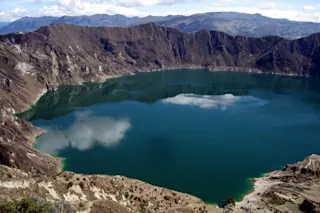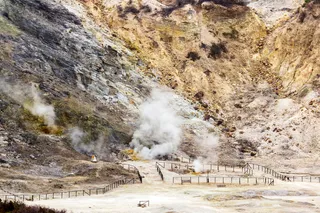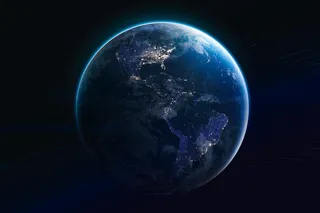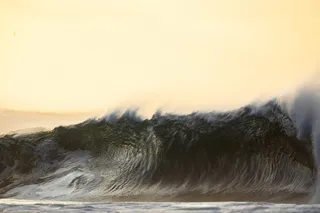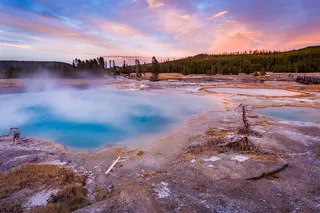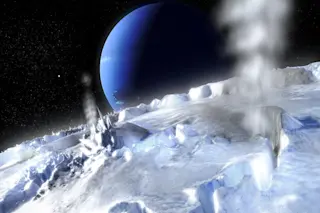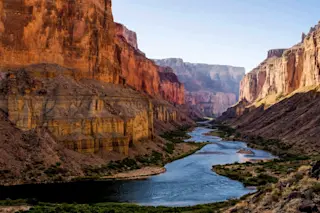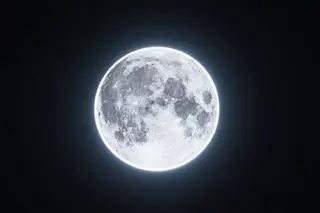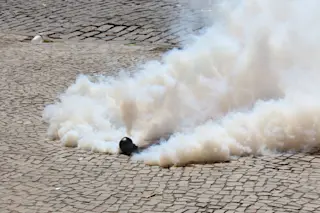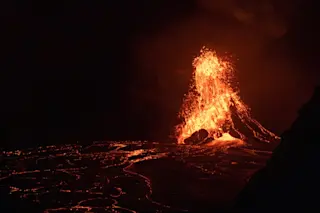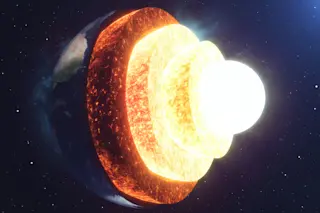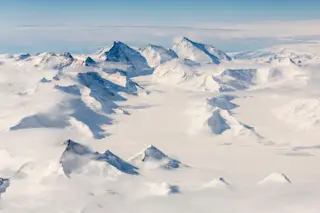There is the tendency in our fast-paced world for lots and lots of articles to get written about science before anyone beyond the researchers and the reviewers actually sees the science. This is mostly thanks to the fact that press releases come out before the actual study - and who has time to read a study when there is a handy press release with all the bits? Yesterday saw an example of just this - a whole lot of "news" without a lot of assessment of the study itself. The paper itself is called "Abrupt Onset of the Little Ice Age triggered by volcanism and sustained by sea-ice/ocean feedbacks" by Gifford Miller and a host of coauthors (mostly climatologists) in the Geophysical Research Letters. After seeing a post about it on Dot Earth, I knew that the media would eat this up and wouldn't you know it, within hours there ...
Volcanoes and the Little Ice Age: Not the Smoking Gun?
Discover how Little Ice Age volcanism, through sulfate aerosols, may have driven climate fluctuations in history.
More on Discover
Stay Curious
SubscribeTo The Magazine
Save up to 40% off the cover price when you subscribe to Discover magazine.
Subscribe

